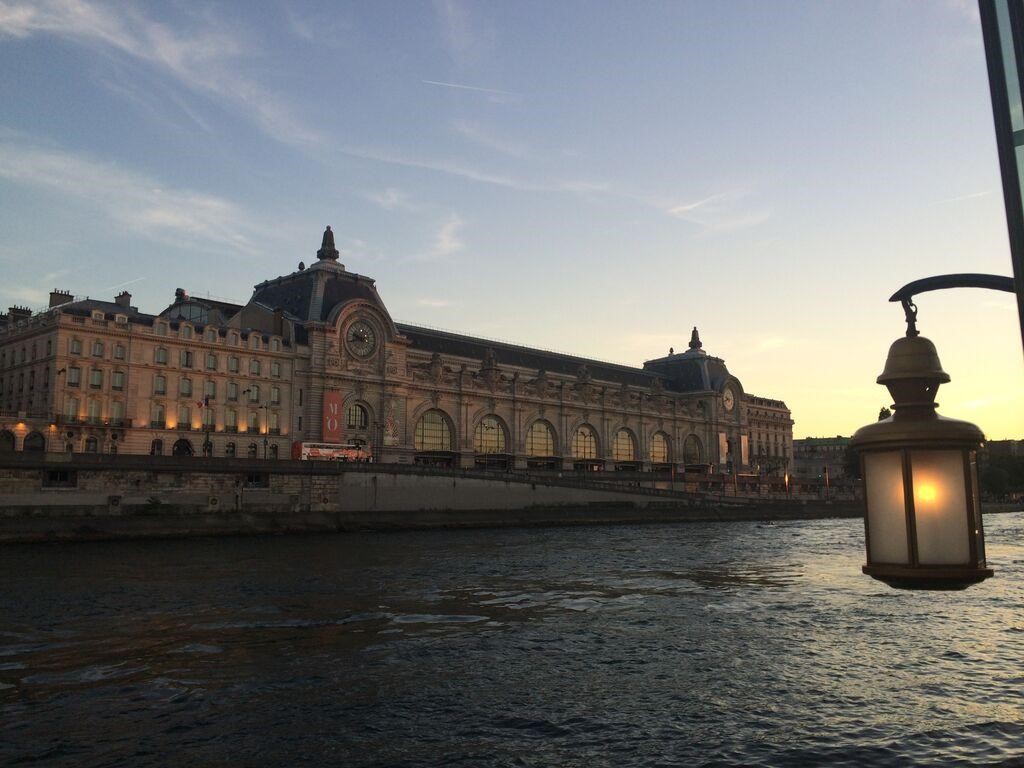France: Wine, Cheese and Geology
Written by Dr. Sophie Warny
Edited by Sarah Campbell
When Sophie Warny, an associate professor and curator in the LSU College Science,
was asked to join in teaching a university summer program in Paris, France, she eagerly
jumped at the opportunity to teach in the country where she spent most of her childhood.
Academic Programs Abroad (APA) and the Department of French Studies organized the
program “LSU in Paris." Faculty from both the English and French departments were
invited to teach in the five-week program, including French Professors Kevin Bongiorni
and John Patin, and English Professors Jerry Kennedy and Sarah Liggett.
LSU’s APA requires each faculty member to teach two classes that would take advantage
of all that France has to offer. Because Warny completed her doctoral research on
the Messinian Salinity Crisis, she planned to incorporate the study of rock formations,
called outcrops, in her classes. Many of these formations are in the French Riviera
and Provence.
Warny created a version of the Historical Geology course that would use the countless
buildings (such as the Musée d’Orsay), monuments and science museums of Paris as lecture support, and include a field
geology class in Southern France.
The program reached full capacity, with 45 students registered by the spring semester.
At the end of May, the group checked into the FIAP Jean Monnet Hostel, where they
had some conference rooms and classrooms for lectures and a place to eat. All students
also received a subway card for the duration of their time in Paris to give them some
flexibility.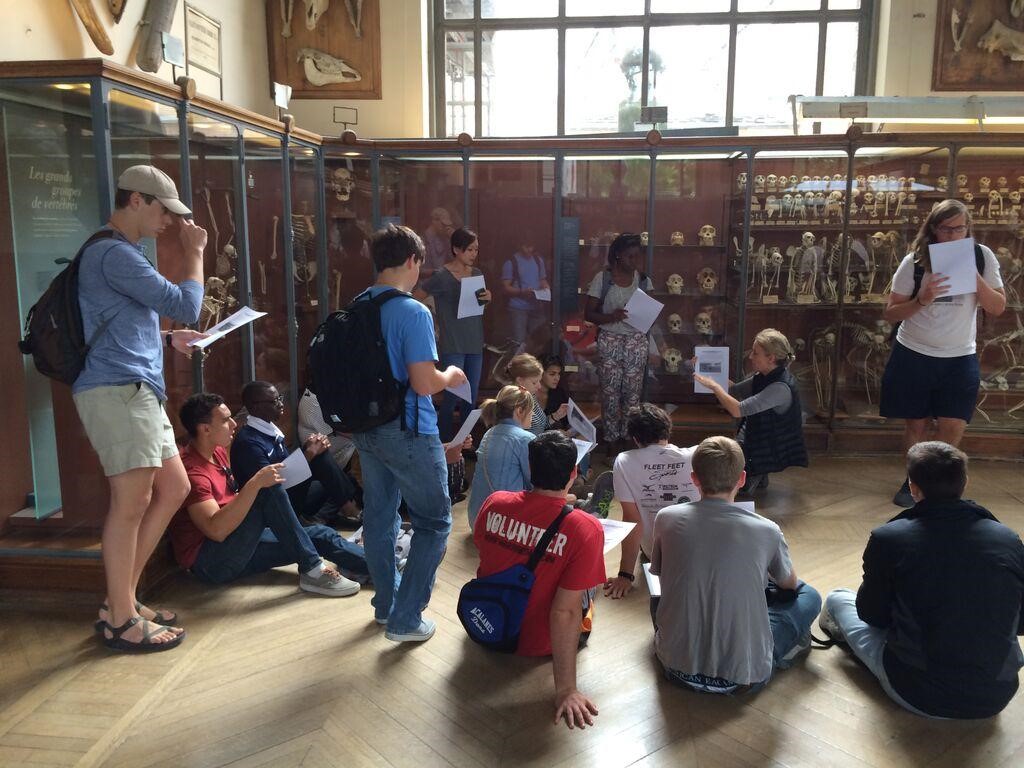
Warny taught the Historical Geography course for the first three weeks of the program.
After morning lectures, the students also took afternoon field trips. In the first
week of the trip, they visited the Galerie d’Anatomie Comparée in the Jardin des Plantes, a garden that hosts many science museums and laboratories. Warny said it's difficult
to visit such laboratories and not be inspired to give the best of yourself in both
research and teaching.
The second and third weeks, the students studied geological time periods. Warny taught
the same class at LSU in an auditorium of 150 students, but in Paris, the class qualified
as an Honors course totaling only 16 students.
The group visited the nearby Musée de la Paleontologie by the Seine River, which displayed many key fossils discussed in the student’s textbook,
and a variety of marine fossils, such as sea urchins, and a section on the evolution
of fishes, amphibians and reptiles.
To help the students pay attention to details and take time to reflect on these priceless
specimens, they were asked to sit in the museum and draw 10 fossils of their choice,
as well as discuss the paleo-environments that existed at the time these fossils lived.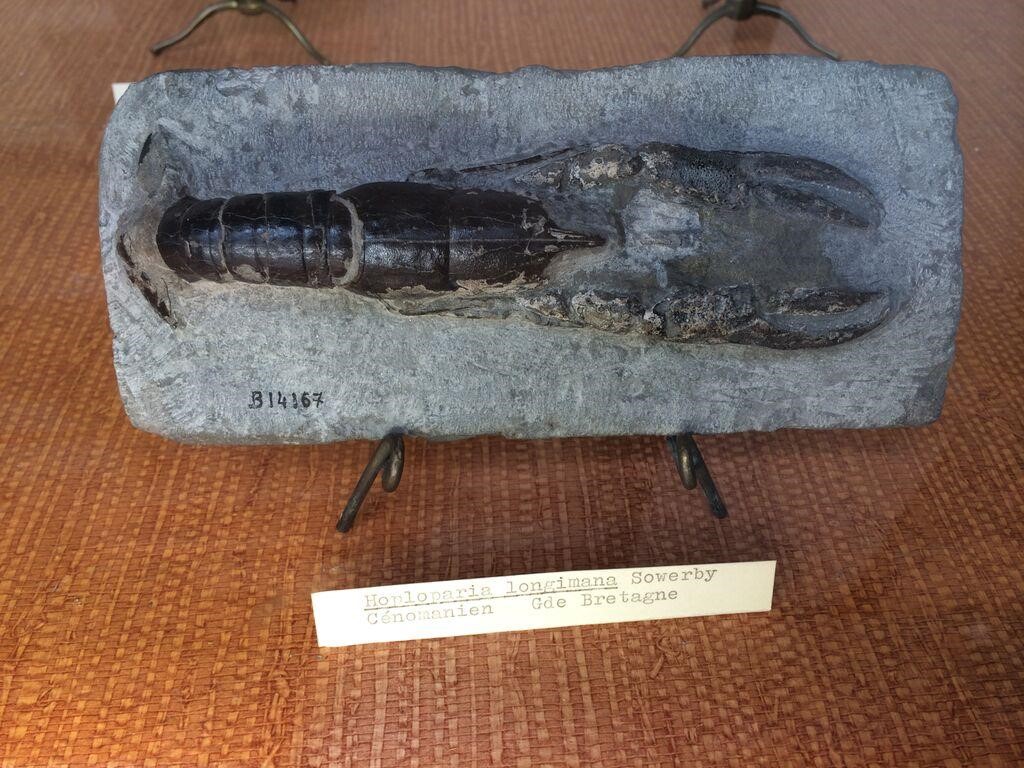
On Saturday morning of the group’s fourth week in France, the 12 students enrolled
in GEOL 4002, an advanced field class, left Paris aboard a high-speed train for a
six-hour ride to Nice.
While there, they visited the Oceanological Observatory in the small maritime town of Villefranch-sur-Mer. Because the town is located a
few minutes from the major cities of Menton and Monte Carlo, the students decided
to dress up and spend their free Saturday evening at the famous Monte Carlo Casino.
On the second fieldwork day, the group travelled to the foreland basin of external
Alps in the breathtaking region of the Gorges du Verdon, where the students enjoyed a picnic and some even swam in the chilly turquoise water
of the Verdon River. One of the concepts discussed in this region was the difference
between valleys, canyons and gorges, along with an analysis of the landscape.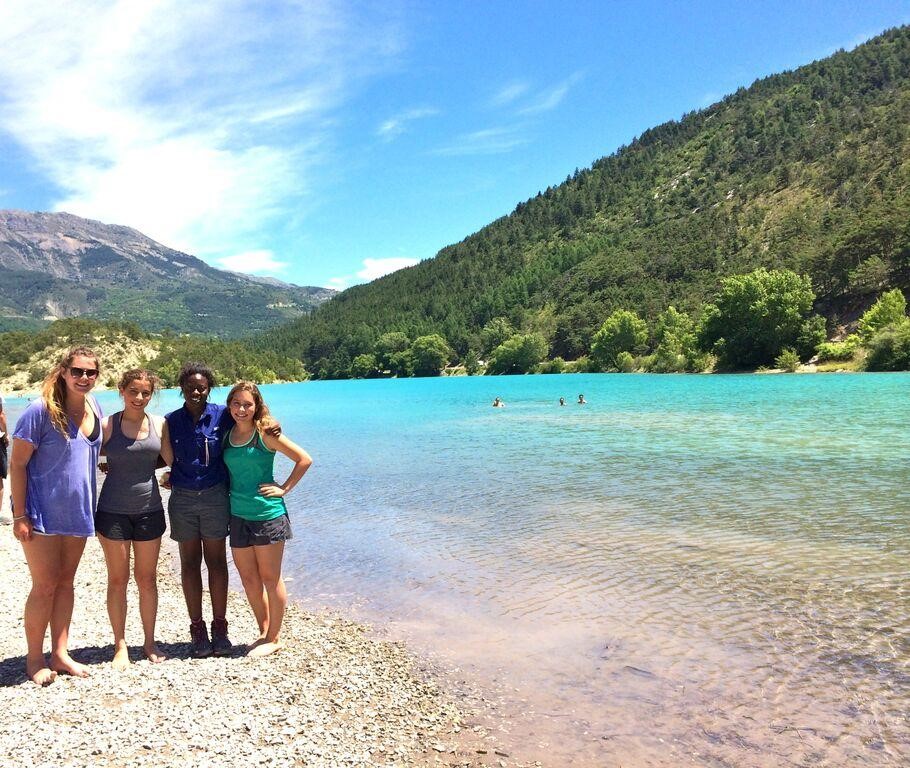 On the third fieldwork day, the group travelled to the Var region to study crystalline
rocks, which provided a unique opportunity to look at metamorphism and volcanism,
as well as compare these outcrops to sedimentary deposits made of volcanic casts.
On the third fieldwork day, the group travelled to the Var region to study crystalline
rocks, which provided a unique opportunity to look at metamorphism and volcanism,
as well as compare these outcrops to sedimentary deposits made of volcanic casts.
The students visited five sections, each displaying various levels of metamorphic
grades. The introduction to magmatic, metamorphic and volcanic rocks in the Var region
allowed the students to improve their geological knowledge and visit some of the most
interesting coastal landscapes on Earth.
“I love the fact that these students have learned some skills that they will keep
well beyond the classroom setting,” Warny said.
In addition to taking full advantage of the museums, the group walked the street of
Paris to look at the rocks used in the construction of French monuments, buildings,
churches and castles. English major and Honors student Joe St. Cyr, wrote about his
experience on the trip:
“Paris is a great place for the historical geology class because of the insane variety
of rocks easily found here. We were not even on the walking tour, we had accompanied
a group of girls to go shopping, and Ross [Ross Teichman, an Honors student from petroleum
engineering] made the entire group stop to look at the stones on a bridge that exhibited
a lot of cross-bedding structure similar to the ones we saw in the Roman arena.”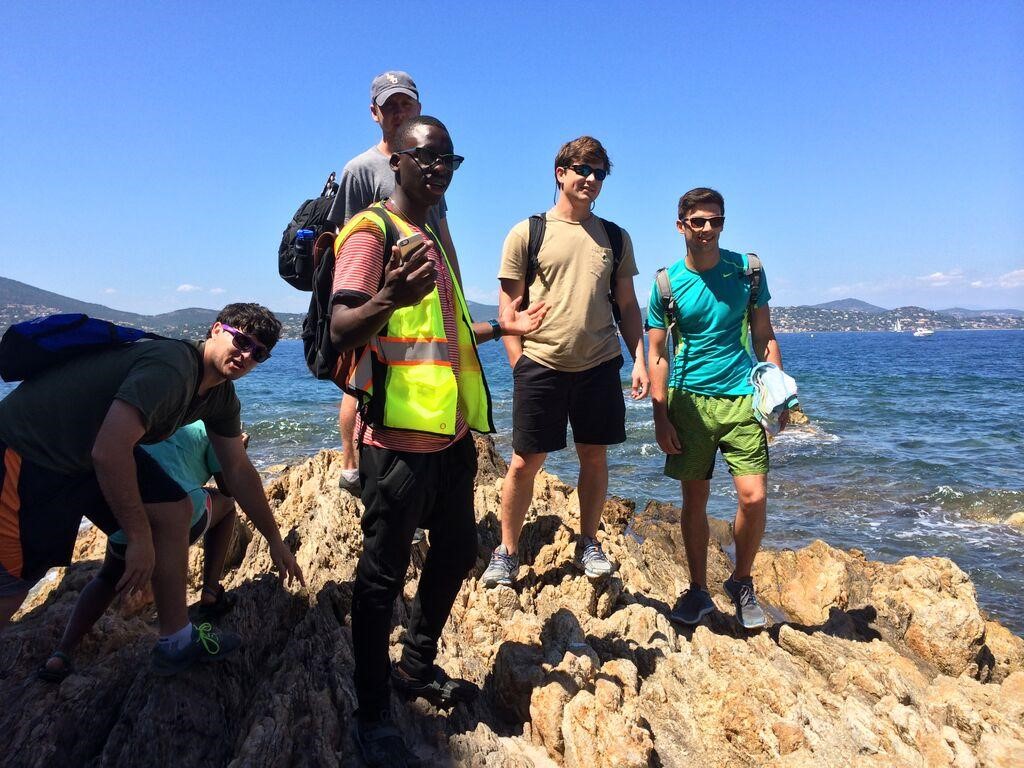 The students also learned cobblestone streets can signal the period in which they
were built. Many of the pavements are sandstone, and most of the sidewalks in Paris
are made of granite, some of which dates back to the Precambrian Age.
The students also learned cobblestone streets can signal the period in which they
were built. Many of the pavements are sandstone, and most of the sidewalks in Paris
are made of granite, some of which dates back to the Precambrian Age.
Dominic Mouille, a petroleum engineering student, wrote in his final essay that what
amazed him about Paris was not so much the age of the buildings, but that it took
millions of years for nature to form the rocks used in some of the construction.
The group returned to Paris for the final week of examinations and presentations.
The professors, not wanting to end the program with schoolwork, organized a gourmet
dinner cruise on the Seine River.
“LSU in Paris was a unique opportunity for students to create lifelong friendships
and irreplaceable memories,” Warny said.
They survived life with no cell phones or air conditioning, limited and slow Wi-Fi,
crowded public transportation and two French strikes. The professors enjoyed the experience
because it gave them a chance to teach in new conditions and share some of the country’s
geological sites with the students.
----
Photos:
1 - Students show their Tiger Pride outside the Musée de la Minérologie in Paris,
France.
2 - The sun sets behind the Musée d’Orsay located on the bank of the Seine River
in Paris, France.
3 - Dr. Warny gives a lecture in the Muséum national d’Histoire naturelle in
Paris, France.
4 - Students pose for a picture in the Gorges du Verdon, while other brave students
take a dip in the chilly Verdon River.
5 - Students stand atop a metamorphic outcrop in St. Tropez, France.
----

